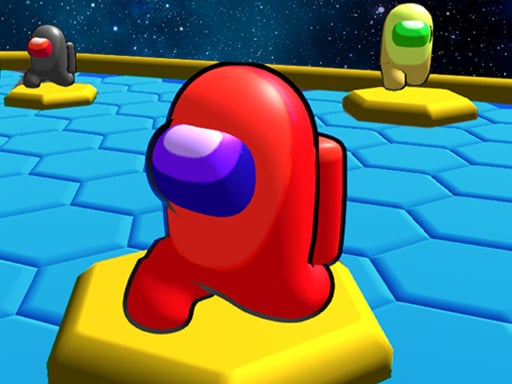60 Games

71 Games
817 Games
61 Games
2928 Games

809 Games
33 Games
299 Games
3 Games
1979 Games
18 Games

633 Games
1 Games
228 Games
1 Games
174 Games
811 Games
22 Games
7 Games

36000+ Games
